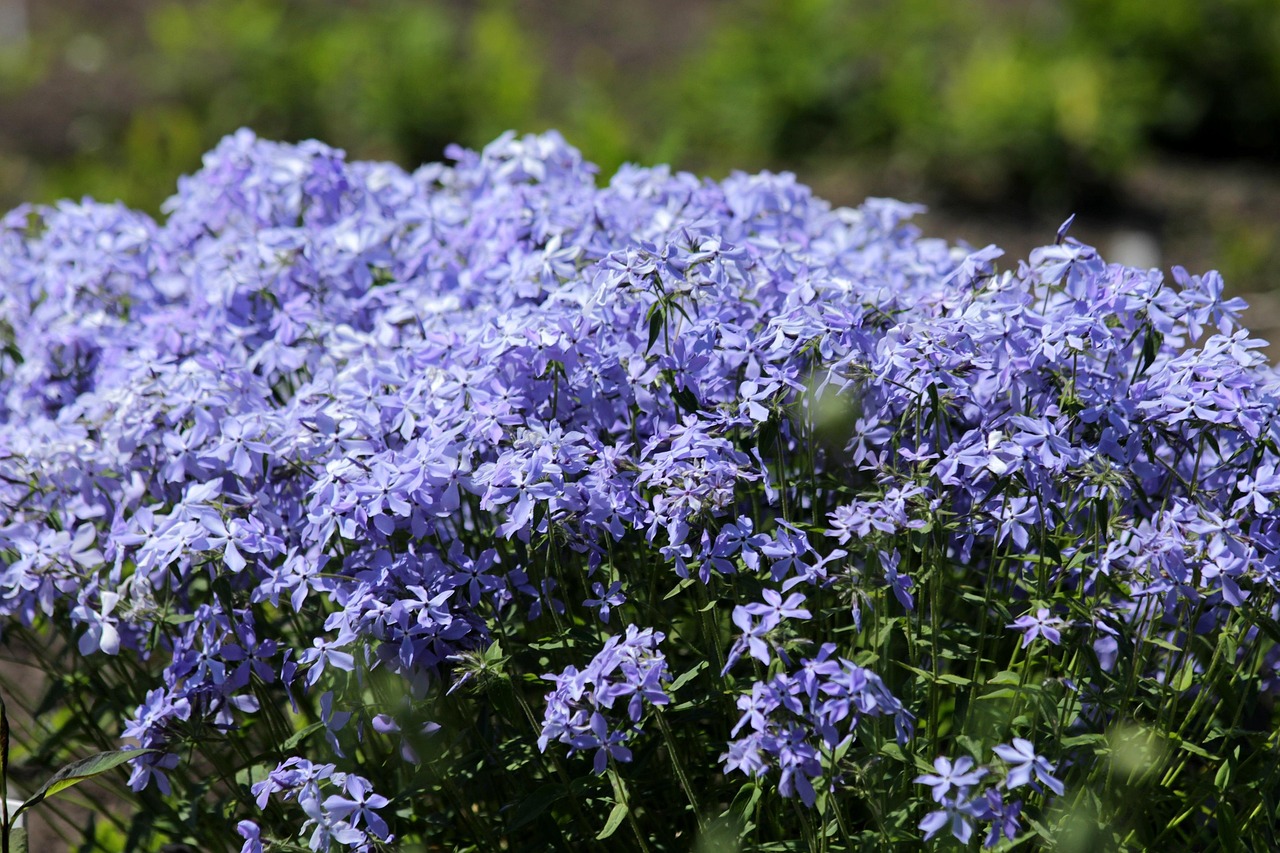Lovely Lavender, Unusual Beans, Classic Clethra and Squash Bugs

It always surprises me how quickly things can shift in our garden. Our blueberries suddenly are almost finished, the echinacea are showing signs of moving on and the hardy hibiscus that were small plants seemingly days ago are ready to start flowering. Summer moves fast in our zone 5, Vermont garden so I appreciate watching every stage as it happens.
One multifaceted plant that’s in its glory is lavender. We grow the English and hybrid lavender varieties such as ‘Munstead’ and ‘Phenomenal’ in our garden. I talk about growing lavender, some great varieties to try and how to over winter it in cold climates in this newsletter.
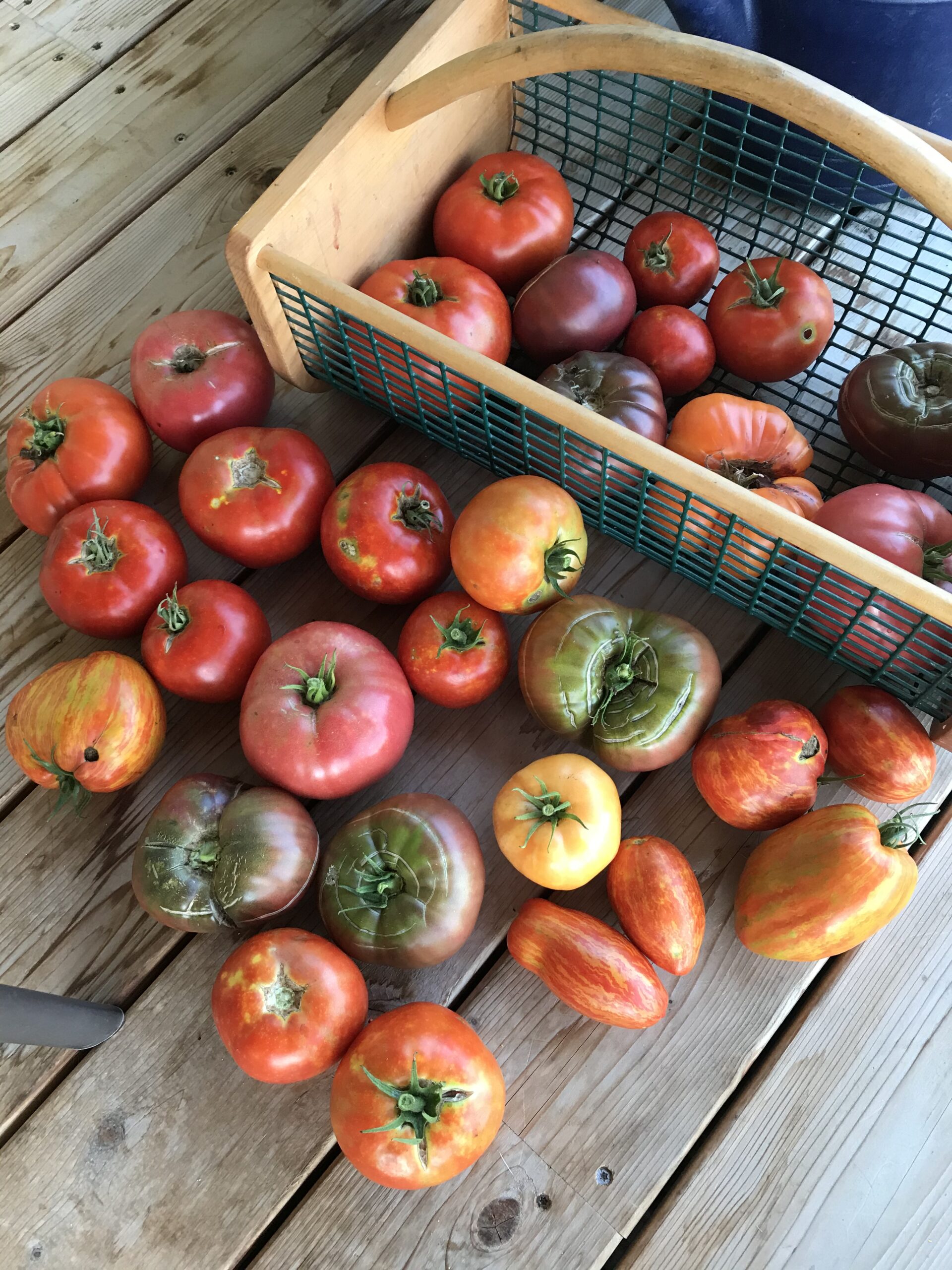
Bush beans are a classic selection in many vegetable gardens. But we like some of the other beans to add a little zip to our legume choices. Edamame or edible soybeans, is a favorite for its tasty, immature soybeans inside a fuzzy pod. For fall, we’ve sown fava beans. These cool loving beans taste great and are a good cover crop to build the soil. Learn more about these two unusual beans here.
Many of our shrubs are just green now or are loaded with maturing fruits for wildlife in late summer and fall. But one that’s blooming as we speak is clethra, pepperbush or summer sweet. This native shrub produces fragrant white or pink flower spikes now when little else is flowering in the shrub world. Learn how to grow and care for clethra in this newsletter.
I swear I did a good job crushing squash bug eggs back in June and July, but here we are in August and they are laying siege to some of my squash plants. Squash bugs know how to proliferate and they can turn into a problem fast. Learn more about controlling these bugs here.
Remember to check out my monthly garden blog I write for Proven Winners called What’s Up North. The August blog features a great mid summer blooming, native perennial that’s easy to grow if you select the disease resistant varieties. Check out my blog on Tall, Garden Phlox and learn about the best disease resistant varieties and how to grow it to reduce powdery mildew disease.
Until next time I’ll be seeing you, in the garden.
Charlie

Where to Find Charlie: (podcasts, TV and in-person)
- In the Garden (WCAX-TV CBS) – This week: Caring for your Tomatoes
- All Things Gardening on Vt Public Radio– This week: Q/A: Disease on crabapples, drosophila fruit fly in blueberries and more
- WJOY In The Garden Podcast– This week: Renovating strawberry beds, which annuals you should be planting now, peppers that aren’t producing, how to transplant peonies and more
- Where’s Charlie Speaking? 8/28/2025- Ecological Gardening, Burlington, VT
How to Grow: Lavender

Lavender is one of those perennial herbs that does so many things. The flowers are great for drying and arranging. The leaves and flowers can be used in cooking. The dried flowers can be used to make potpourris. And the total plant is beautiful in the landscape. The most hardy of the lavender types is the English lavender. We grow ‘Munstead and ‘Hidcote’ varieties that can tolerate our zone 5 winters without too much protection. There are many superlative named, newer varieties that have a lot to live up to. Luckily, they do shine in the garden. ‘Phenomenal®‘ features 2- to 3- foot tall plants with fragrant purple flowers. The plants stand up well to high heat and humidity in the summer and cold in winter. We can attest to the toughness of this variety in our garden. ‘Sensational™’ is another newer variety that stands only 18 inches tall but has the similar toughness as ‘Phenomenal®‘ with tolerance to heat and cold. To keep the superlative parade coming, try ‘Exceptional™’. This is a white flowered, 32-inch tall lavender with good fragrance and a nice color contrast to the usual purple colored selections.

Lavender grows best in full sun on well-drained soil. Don’t fertilize lavender too much or you’ll get floppy stems, poor flowering and reduced fragrance. Lavender grows best on average to low fertility soils. Lavender plants grow fast into small, woody bushes. Although they might seem nice in the landscape, for best flowering and oil production, cut back lavender in spring by up to 1/3rd to stimulate more new growth that has better quality leaves and flowers.

Collect flowers and leaves for cooking and drying in the morning after the dew has burned off the plant. This is when they have the best fragrance. Protect lavender in zone 5 and colder areas in late fall with wood chips. Pile the chips over the evergreen lavender plants to protect them from winter’s cold and frost heaving. Wood chips are better than bark mulch and leaves because they don’t mat causing crown rot. In spring, remove the chips once all danger of frost has passed, prune and you’ll have a stunning plant in summer.
Read more about Lavender here
How to Grow: Unusual Beans
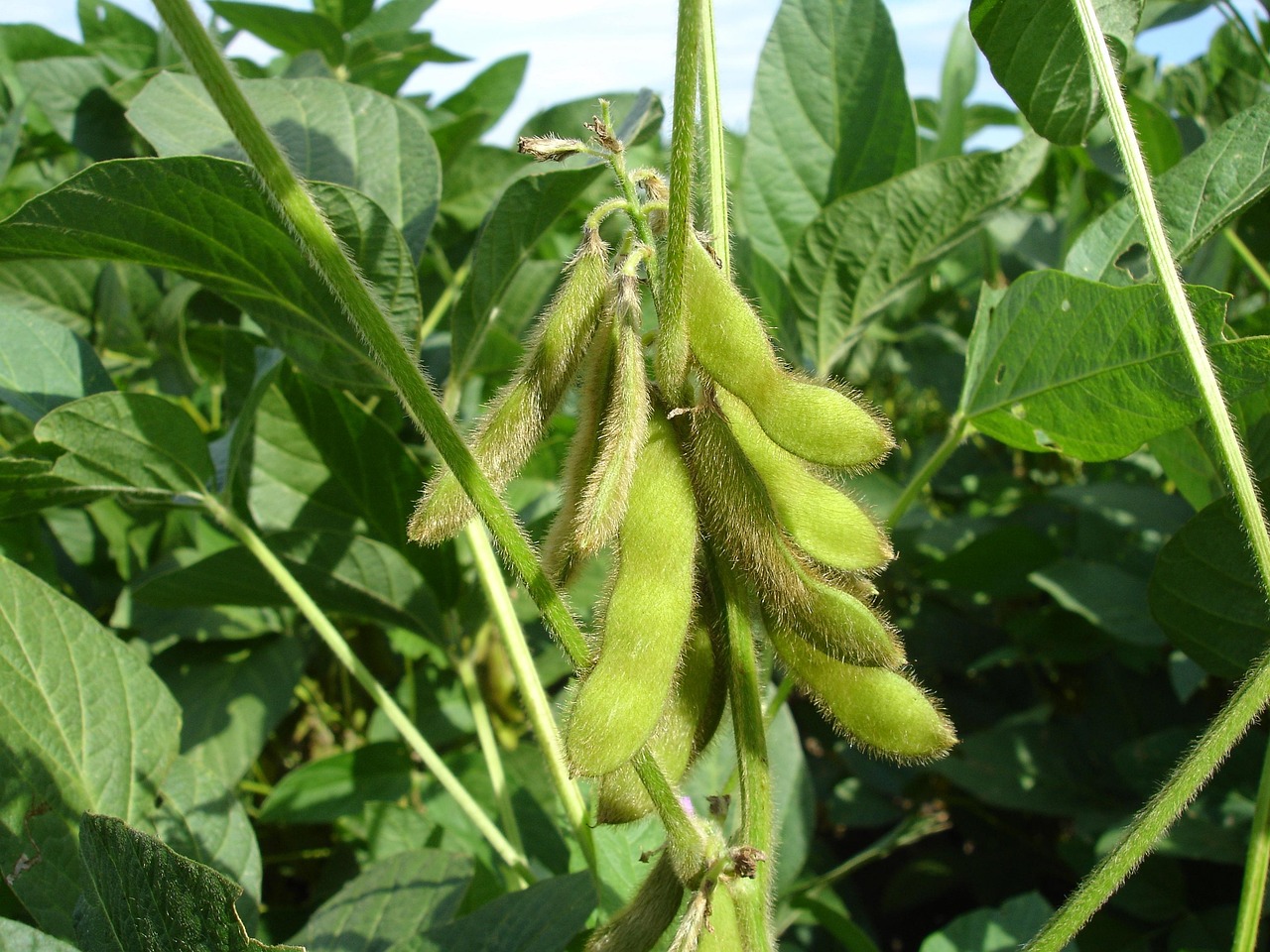
Everyone remembers growing bush beans in a paper cup in elementary school science class. It was fascinating watching this seed grow into a plant and I swear the few beans that formed were the best I ever ate. Fast forward to now and we still grow bush beans (the French fillet type), but we like trying some of the other beans out there.
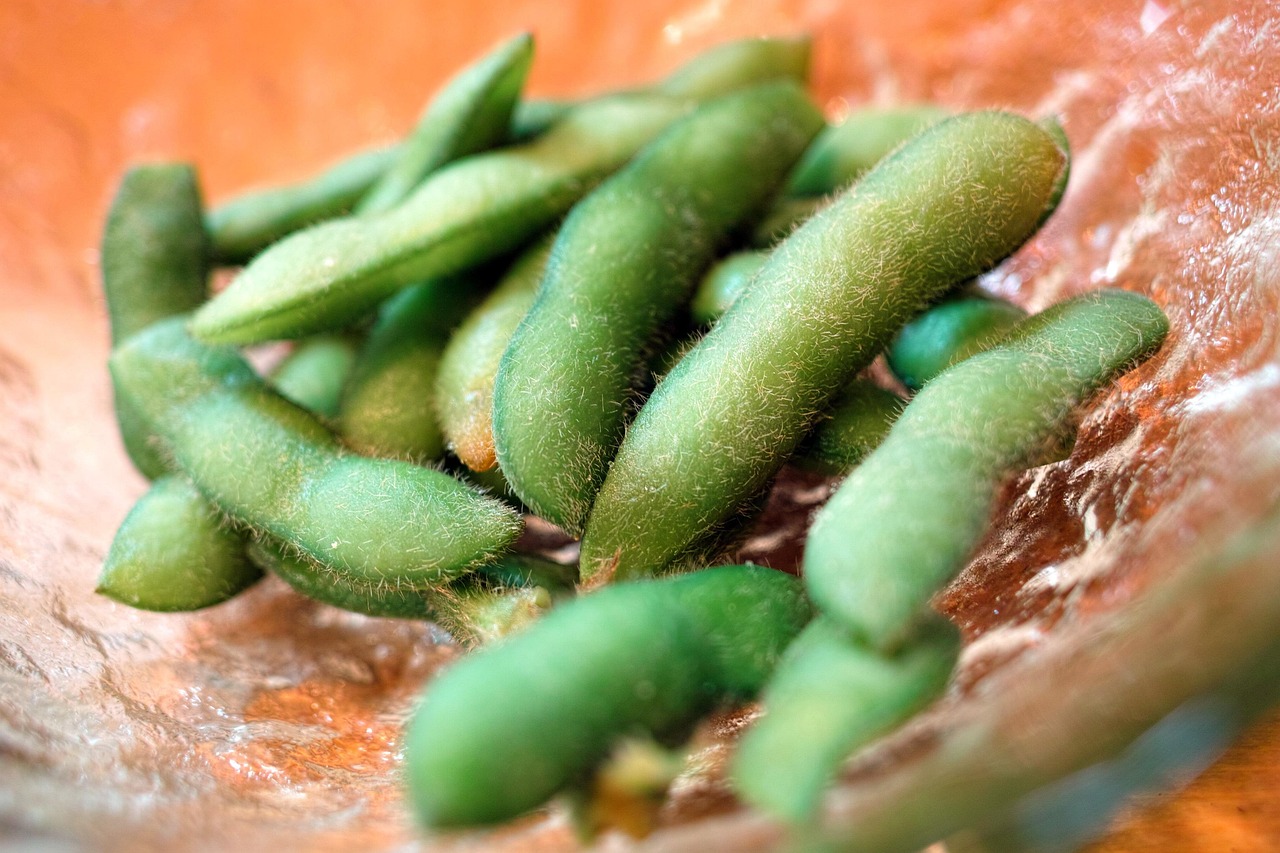
Edamame or green soybeans grow like bush beans, but are eaten differently. The plants take a little longer to mature than bush beans so are a great succession crop after your main bean crop is finished. Edamame has green, fuzzy pods with green beans inside. Picked at this green stage and steamed, the pods open to reveal the green seeds that have a crunchy texture and beany taste. They’re fun to eat because after steaming you simply squeeze the pod and aim it at your mouth and the seeds pop out. What a fun kid’s vegetable! We grow ‘Giant Midori’ because, as it sounds, it has giant pods with more beans that normal varieties. The only problem I’ve ever had growing edamame is rabbits love to munch on the plants. After the main harvest is over, chop and drop the plants, add compost to sow some spinach, kale or winter lettuce.

The other bean that is planted now for fall eating is fava beans. Fava beans are 3- to 4-foot tall plants with white or red flowers. They also produce pods with green beans inside. However, the pods and seeds are much larger. They grow quickly in the cool, autumn weather. Harvest bean pods when they’re bumpy and full, but not too large. You can hand shell the pods or parboil them in water to force the pods to open yielding the rich tasting beans inside. Fava beans are also a great cover crop. Let the plants grow and break up clay soil with their taproot. Then winter will kill the plant, but the dead foliage will protect the soil. In spring, simply add compost to the bed and plant other vegetables or flowers.
Learn more about Bean growing here
Learn more about Fava beans here
Classic Clethra
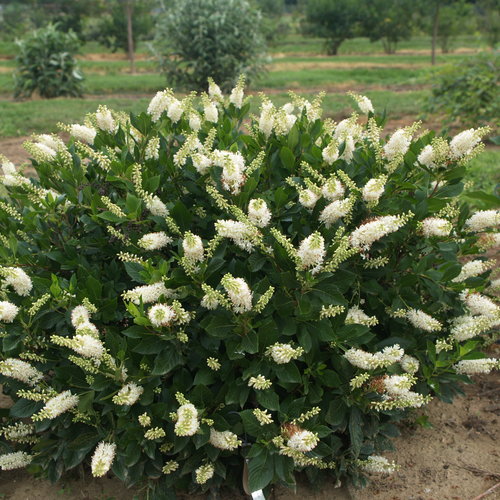
Proven Winners
Clethra, pepperbush or summer sweet (Clethra alnifolia) is a great, native shrub that can grow to 5- to 6-feet tall and wide. There are dwarf versions of clethra as well. It features flower candles of white or rose-pink that bloom in mid summer when few other shrubs are flowering. The candles are attractive and fragrant. They also attract bees and butterflies. ‘Hummingbird’ and ‘Sugartina®‘ grow 3 -to 4-feet tall and wide and have good fall foliage color. ‘Ruby Spice’ has dark pink flower buds that open to light pink and don’t fade. It also has dark glossy foliage.

Clethra grows well in full sun or part shade and tolerates wet soil and salt spray. We’ve grown it on clay and it also did fine. Of course, any shrub will good better in well-drained soil. Clethra does like the soil on the moist side, though. This is particularly important the first year after planting. Plant clethra near large perennials, such as peonies, or smaller shrubs such as potentilla. Mulch with wood chips to help keep the soil moist.
Clethra blooms on the new branches that form in spring so late winter pruning to control the size and stimulate new growth is best. Deadhead spent flowers in summer to keep the shrub looking neat. Protect the shrub from rabbit and deer browsing with repellent sprays and chicken wire to protect the shrub’s lower branches.
Learn More about Clethra here
In Our Garden: Pest of the Month: Squash Bugs

Squash bugs are one of those insect pests that sneaks up on you. You think you’ve done a good job crushing the copper colored eggs on the underside of squash, melon and pumpkin leaves. You even watched for the brown adults laying eggs and squished those when you found them. But then August comes. All the eggs you missed turn into small sized versions of the adult, just gray colored. And it seems every egg you missed hatches. These little buggers start running around and feeding on the leaves they hatched on. But they don’t stop there. They feed on the flowers and stems too, and grow into big buggers that cause lots of damage. I recently watched one of my trombocino squash plants succumb to the squash bugs seemingly overnight. The damage keeps spreading into fall reducing the yields of your favorite summer and winter squash, melons and pumpkins.

University of Wisconsin
So, to control them you can run around like I’m doing now, squishing the young as fast as I can. That will help. But at this stage it’s probably best to spray an organic spray to kill them. I use spinosad. It will kill the squash bug adults and young. But you have to be careful because it’s also harmful to bees. So, spray in the evening when the bees are gone and let it dry overnight. It’s less toxic to bees when dry.
Next summer, remember to check the leaves daily for the copper colored eggs and crush them. If you don’t get distracted like I did this year, you’ll be able to have your squash without battling too many squash bugs.
Go here for more on Squash Bugs

